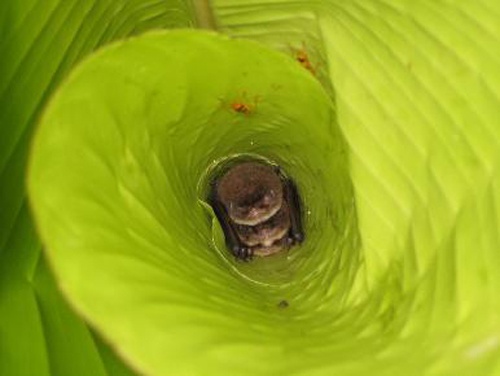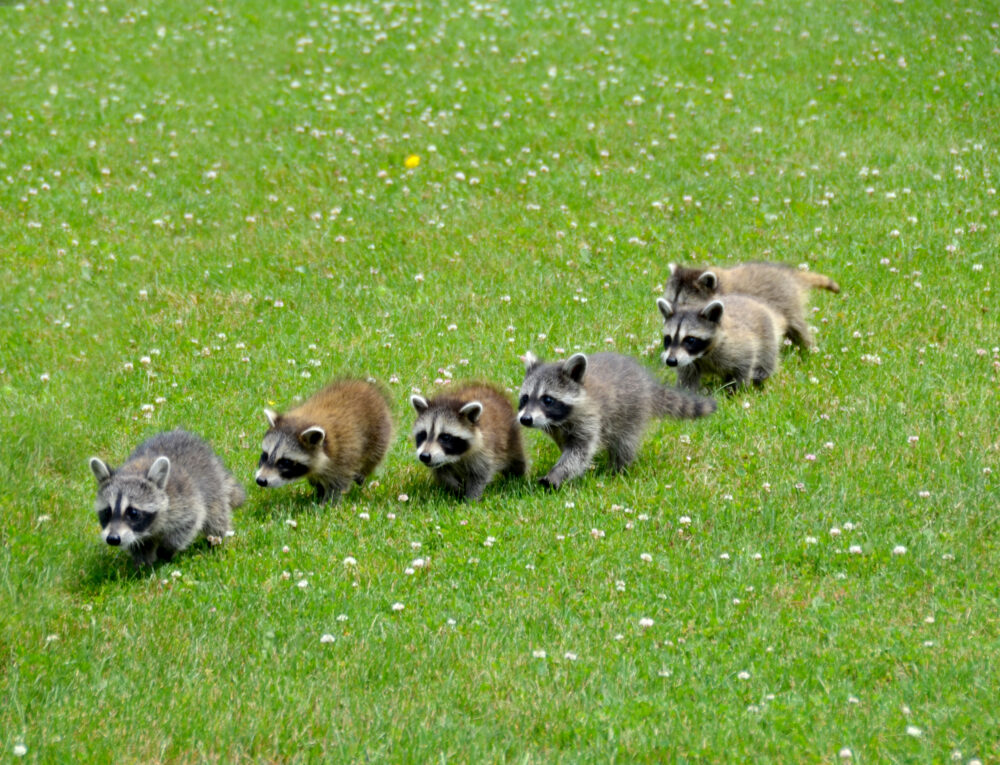We have much more to do and your continued support is needed now more than ever.
Bat Facts You Won’t Find in “The Dark Knight Rises”
Back when The Dark Knight was released in 2008, we made a very solid case for “7 Reasons Bats are Just as Cool as Batman.” Really, who can challenge these amazing flying mammals, especially when put up against what is essentially a rich guy in a fancy toolbelt? Sorry Mr. Wayne, but it’s true.
With The Dark Knight Rises premiering this week, we wanted to revisit our assertions and add even more amazing reasons why Bruce Wayne should take a backseat to the bats of the world.
One in Five Mammal Species is a Bat
About one in every five species of mammal is a bat, which is to say, there are nearly 1,250 bat species out of about 5,700 mammal species (these numbers vary from source-to-source and time-to-time both because of the vagaries of classification and the discovery of new species).
The ability of bats to produce so many species is a sign that they can adapt to a wide variety of habitats and means they are among the most biologically successful, if not the most biologically successful, group of mammals.
Bats are Better Fliers than Birds
The lesser long-nosed bat (below) is a great example of why wings have made bats the successes they are today, after more than 52 million years of evolution.

The wings are composed of the elongated fingers of the bat’s forelimb with a thin webbing of furred skin stretching between the fingers to create the flying surface. Because these wings are thinner than those of feathery birds, bats are better fliers than birds, capable of more rapid and precise turns. Nerve receptors in the wings help bats sense changes in air flow and even to use their wings as nets to catch insect prey.
Wings have allowed them to be highly adaptable and to turn up in some unexpected places…

Some Bats Sleep in Groups, Which May Number in the Millions

Bats Have Advanced Foraging Skills, Using Sonar and Sound
Bats tend to be specialized in their foraging habits. Those that hunt flying insects may use a form of sonar or echolocation—while flying, they emit sounds that bounce off nearby objects. The echo helps the bat locate what lies ahead, including such prey as moths and mosquitoes. Some bats eat insects on the ground, but they also use highly developed hearing to locate their prey.
The unusual-looking bat below has an appetite for an altogether different type of food:

Some Bats Eat Fruit
Not all bats eat other animals, including the largest of the bats:

Looking like weird fruit pods themselves, these fruit bats (above), or flying foxes, are roosting in Queensland, Australia. Also found across parts of Asia and Africa, fruit bats can reach a wingspan of nearly 5 feet and weigh 2.5 pounds. They do not used sound to locate food and instead rely on a keen sense of smell and good eyesight. They may fly 40 miles in search of a fruiting tree.
Bats Usually Have Only One Baby at a Time
Bats may range widely in size and food preferences, but there is one thing almost all have in common…

…because bat mothers have to fly in search of food, they usually produce only one offspring at a time, as in the case of this fruit bat mother and young (above) that roosted with other wild bats in a hut in South Africa.
Mothers feed newborns with milk and bring food to older young, which cannot fend for themselves until they are able to fly.
Producing only one young at a time means that bats breed relatively slowly. Individuals of some species can live 20 years, however, giving them time to produce sufficient offspring for species survival. But such a slow birth rate can make bats vulnerable to die offs, such as one occurring now in the United States.
More Than a Million Bats Have Died From White-Nose Syndrome in North America

A fungus, Geomyces destructans, that infects European bats but does them little harm has reached North America, where more than 5.5 million bats in the United States and Canada have died from the disease. Called white-nose syndrome, the disease leaves an infected bat’s nose, ears and wings powdery white with fungal growth.

The little brown bat (an infected specimen, above) has shown some adaptability that may help it survive: a socially roosting species that is one of the most common bats in the Northeast, it seems to be shifting into solitary roosting in parts of its range, according to new research from the University of California, Santa Cruz.
“Our analysis suggests that the little brown bats are probably not going to go extinct, because they are changing their social behavior in a way that will result in them persisting at smaller populations,” says A. Marm Kilpatrick, one of the researchers.
The social-roosting Indiana bat (right) may not be so lucky—the Santa Cruz researchers believe it will decline toward extinction.
Bats have survived for at least 52 million years, outliving woolly mammoths and saber-tooth cats, but now face threats such as human encroachment on the caves they use for sleeping and nesting, loss of watering sites in arid parts of the nation, as well as white-nose syndrome.
State and federal agencies are attempting to limit human activity in bat caves, which also may help reduce the spread of diseases from cave to cave.
Batman, as the new film undoubtedly will show, always triumphs over his enemies. For real bats—such as the long-eared bat (below), which is becoming locally extinct in some areas because of white-nose syndrome—the outcome is a lot more iffy.

Bonus Fact: What is the World’s Smallest Bat?
The world’s smallest bat is the bumblebee bat (also called Kitti’s hog-nosed bat), with a body less than an inch and a half long and weighing around 0.07 ounces. It feeds on insects.
Extra Credit Reading
- Most bats are nocturnal. What should you do if you see one in the daytime?
- Kids: Learn more about fruit bats, the world’s biggest bat species.
- A Kid Quiz on bats
- Creating Backyard Habitat: building a bat house.
- Sign up to make your backyard a Certified Wildlife Habitat





















